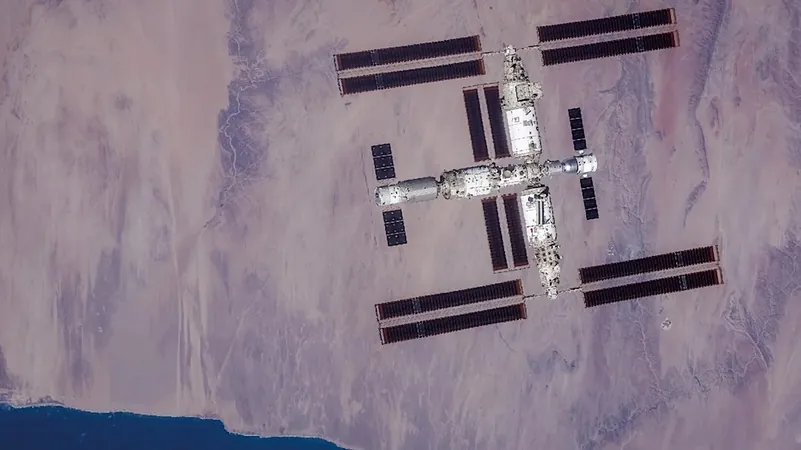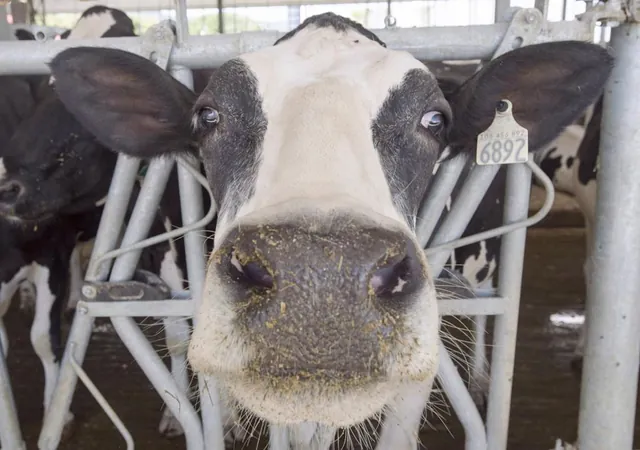
Meet Niallia tiangongensis: A New Microbe from the China Space Station!
2025-04-15
Author: Noah
A Groundbreaking Discovery in Space Microbiology
In a thrilling breakthrough for astrobiology, scientists have discovered a brand new microbe aboard the China Space Station! Dubbed Niallia tiangongensis, this remarkable organism sheds light on the unique challenges of long-term space missions.
Who is Niallia tiangongensis?
Niallia tiangongensis, identified as strain JL1B1071T, is a Gram-positive, aerobic, spore-forming, rod-shaped bacterium with a genome size of 5,166,230 base pairs and a G+C content of 35.6%. This unique strain belongs to the Niallia genus, closely related to Niallia circulans, but distinct enough to warrant its own species designation.
Impressive Survival Skills
What makes Niallia tiangongensis particularly fascinating is its ability to hydrolyze gelatin, allowing it to thrive in nutrient-poor environments, which may mimic the harsh conditions of outer space. This capability could play a crucial role in sustaining life on long-duration missions.
Genomic Insights: A Peek at Space Adaptations
Analysis of the JL1B1071T genome showcased two conserved signature indels in critical proteins, hinting at adaptations that help it tackle oxidative stress and repair radiation damage. These traits are vital for any organism living in the unforgiving environment of space.
The Future of Space Exploration and Microbial Life
Strain JL1B1071T embodies the profound connection between microbiology and space exploration. As humanity looks beyond Earth, understanding how microorganisms adapt to extraterrestrial conditions could unlock secrets to life’s resilience.
Conclusion: A New Frontier in Microbiological Research
Niallia tiangongensis marks a pioneering moment in microbiological discovery, reminding us that even in the vastness of space, life is not only possible but thriving. As scientists continue to study this remarkable microbe, we’re one step closer to understanding life beyond our planet.









 Brasil (PT)
Brasil (PT)
 Canada (EN)
Canada (EN)
 Chile (ES)
Chile (ES)
 Česko (CS)
Česko (CS)
 대한민국 (KO)
대한민국 (KO)
 España (ES)
España (ES)
 France (FR)
France (FR)
 Hong Kong (EN)
Hong Kong (EN)
 Italia (IT)
Italia (IT)
 日本 (JA)
日本 (JA)
 Magyarország (HU)
Magyarország (HU)
 Norge (NO)
Norge (NO)
 Polska (PL)
Polska (PL)
 Schweiz (DE)
Schweiz (DE)
 Singapore (EN)
Singapore (EN)
 Sverige (SV)
Sverige (SV)
 Suomi (FI)
Suomi (FI)
 Türkiye (TR)
Türkiye (TR)
 الإمارات العربية المتحدة (AR)
الإمارات العربية المتحدة (AR)